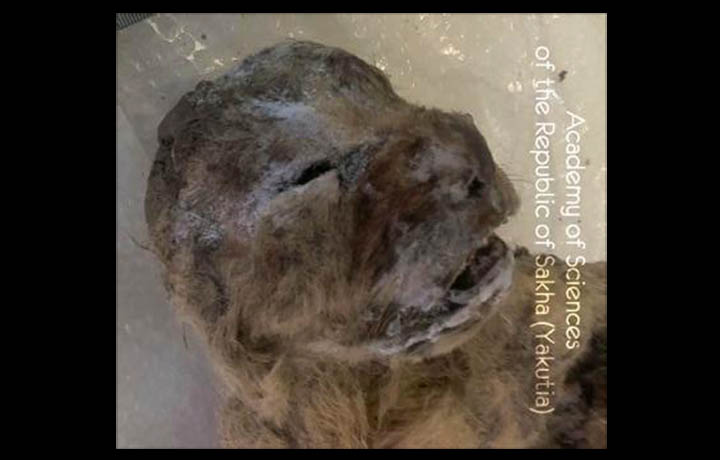
Siberia’s permafrost throws up all sorts of oddities from time to time, from wooly mammoth carcasses, to the remains of ancient equine species. But in an extraordinary turn of events, Russian palaeontologists have just discovered what it is being called ‘the most perfectly preserved remains of cave lions ever unearthed.’
The two long-dead cubs, thoughts to be at least 10,000 years old, were discovered in Siberia’s Sakha Republic this summer, although the sensational find was only announced by the Academy of Sciences of Yakutia, via The Siberian Times, on Monday.
Eurasian cave lions (Panthera spelaea), now extinct, were among the largest species of lions ever to have lived, with a shoulder height of roughly 1.2 metres tall. They lived during Middle and Late Pleistocene times on the Eurasian continent with their range also extending into Alaska and northwestern Canada via the Bering Strait.
The unprecedented discovery of these intact ancient predators, close relatives of the modern Afro-Asiatic lion, marks a drastic departure from what had been found previously in the region. Before these cub carcasses, only fragments of skeletons and individual bones had been documented.
‘The find is sensational, no doubt,’ said a source close to the discovery. It is hoped the bodies will provide some clues as to why cave lions went extinct. From what we know so far, they appeared to have had few natural predators, and were smaller than many of the larger herbivores that got bogged down in Siberia’s swamps as the climate warmed.
One theory is that a decline of the cave lion’s natural prey, such as deer and cave bears, hastened their demise. The two cub carcasses have been microbiologically tested and are free from dangerous infections such as anthrax, which killed an animal in the UK, a Wiltshire cow, for the first time in over a decade this week.
No other significant details or pictures will be released about the cubs before a press conference is held in the Sakha Republic in November.
Who knows what else will be unearthed from the permafrost in that time.

